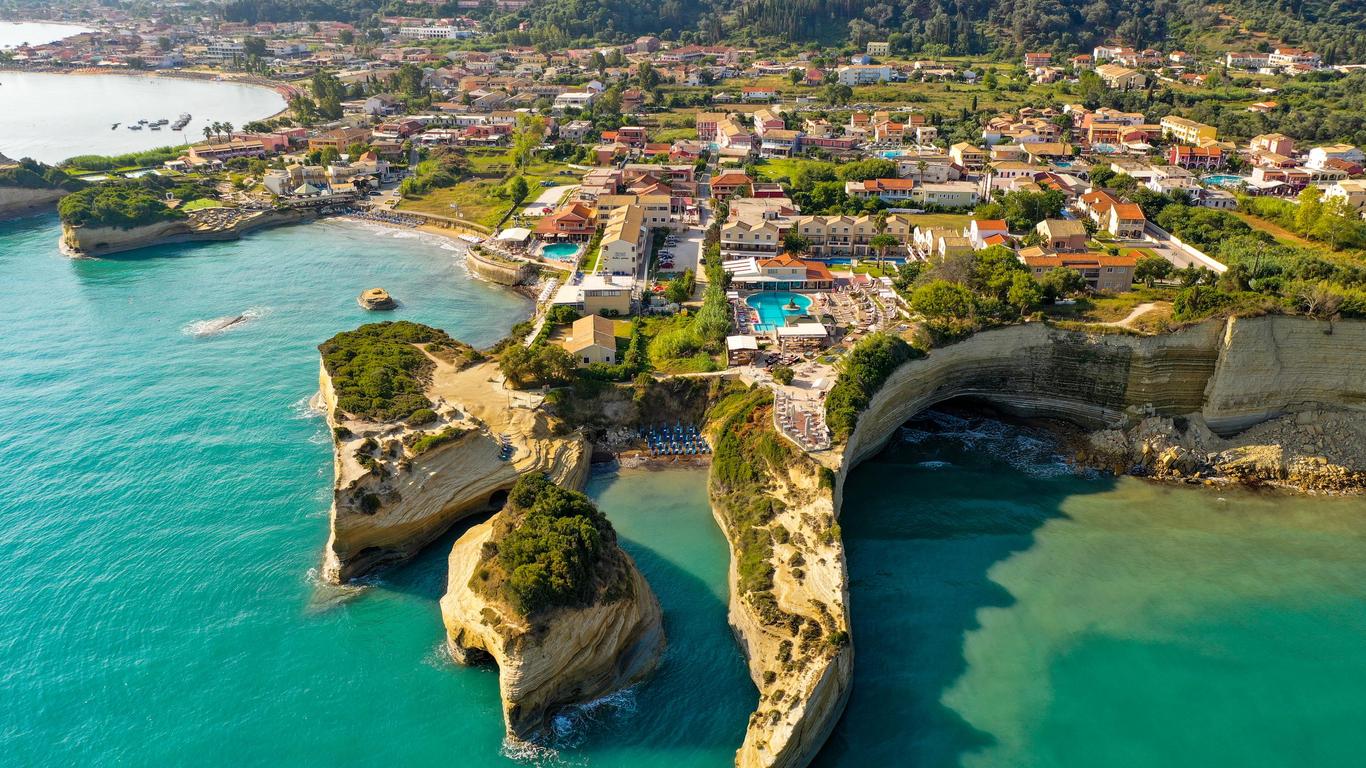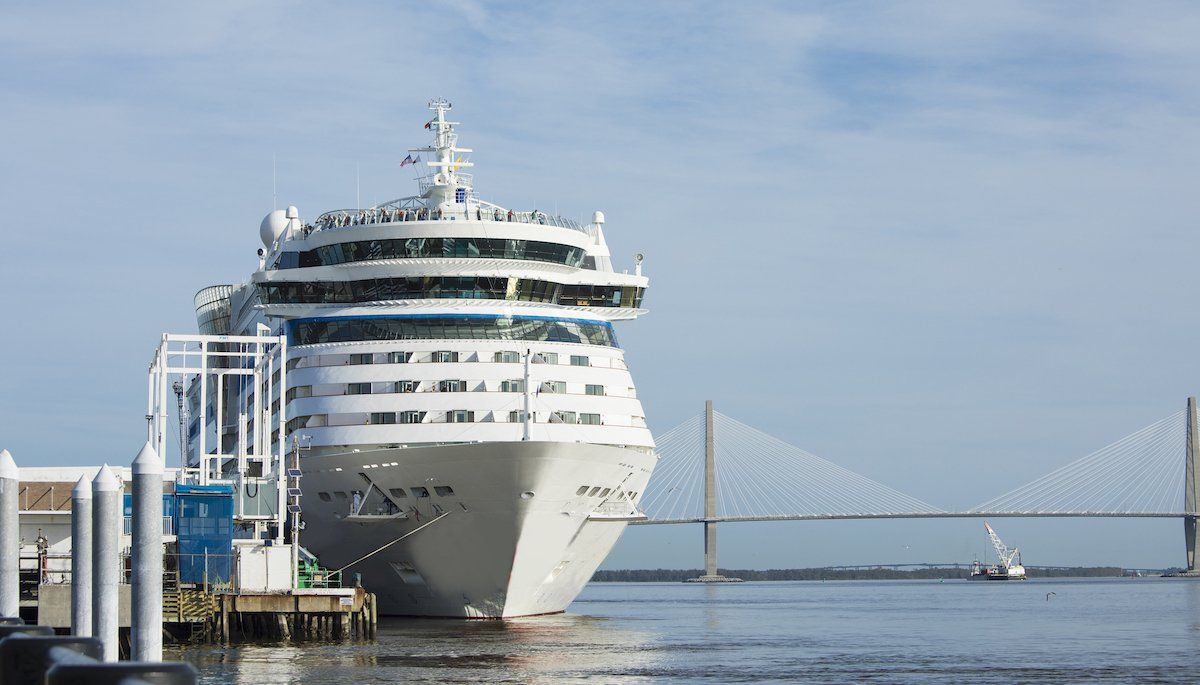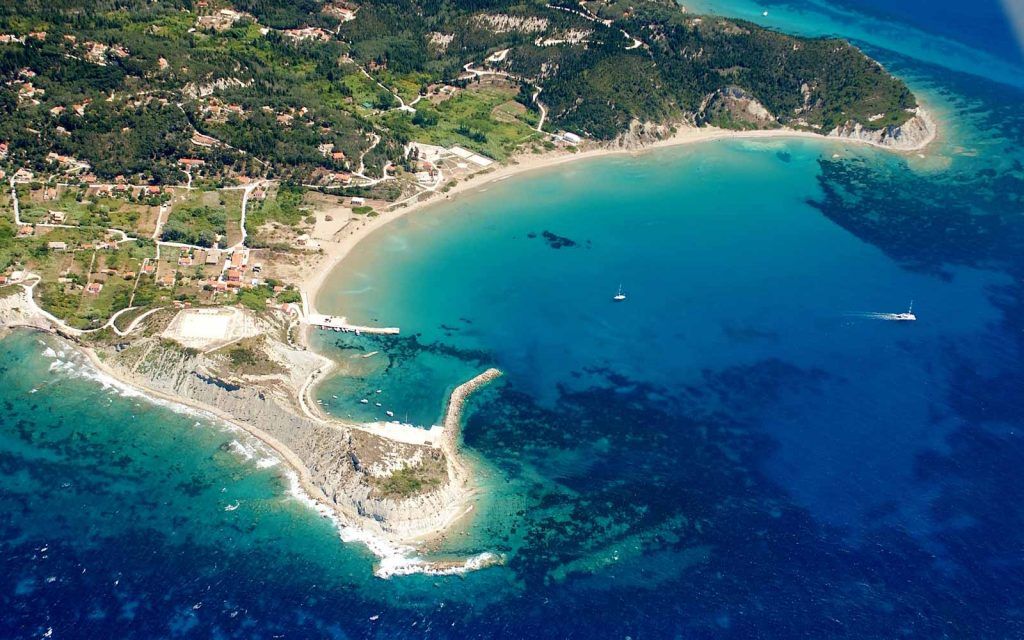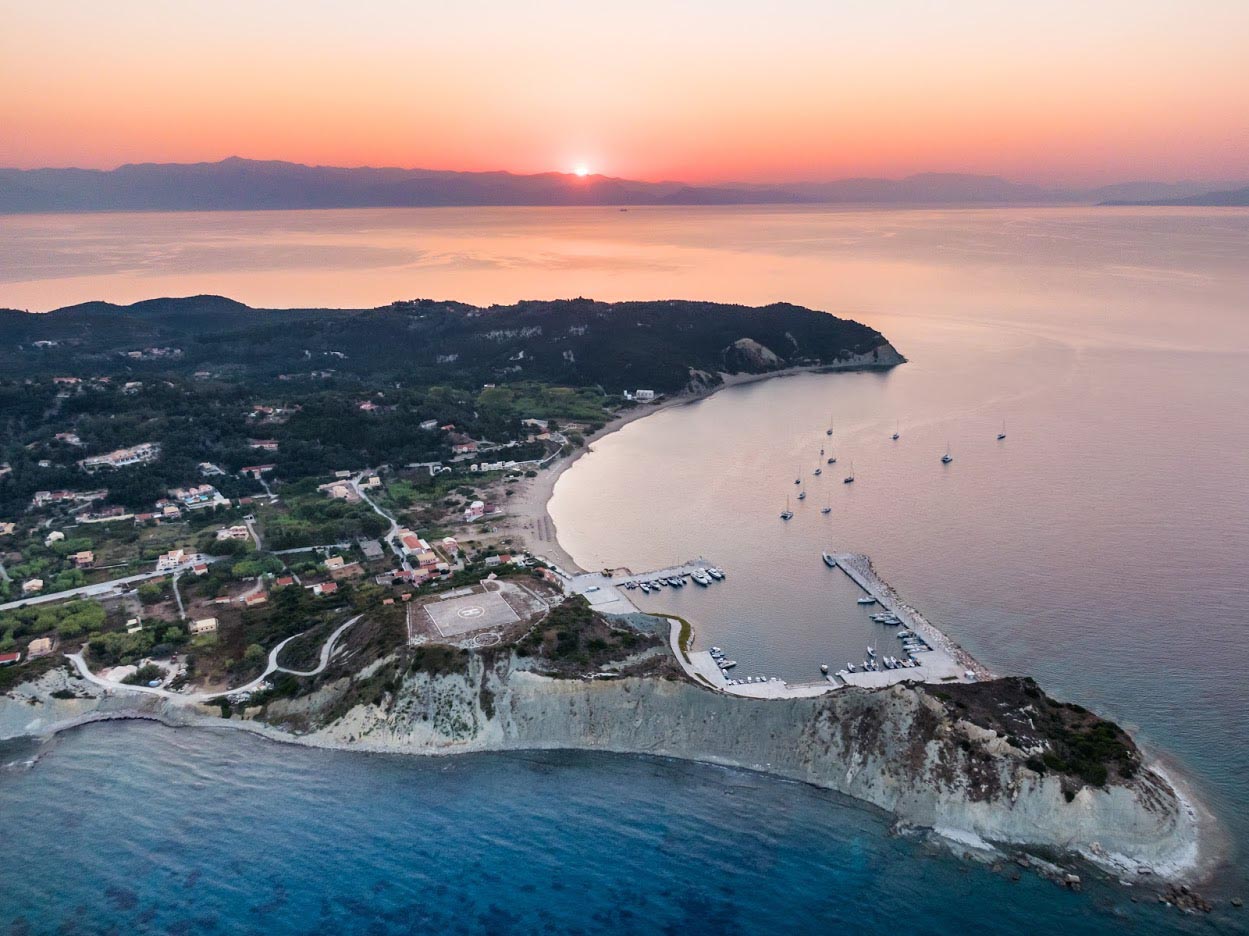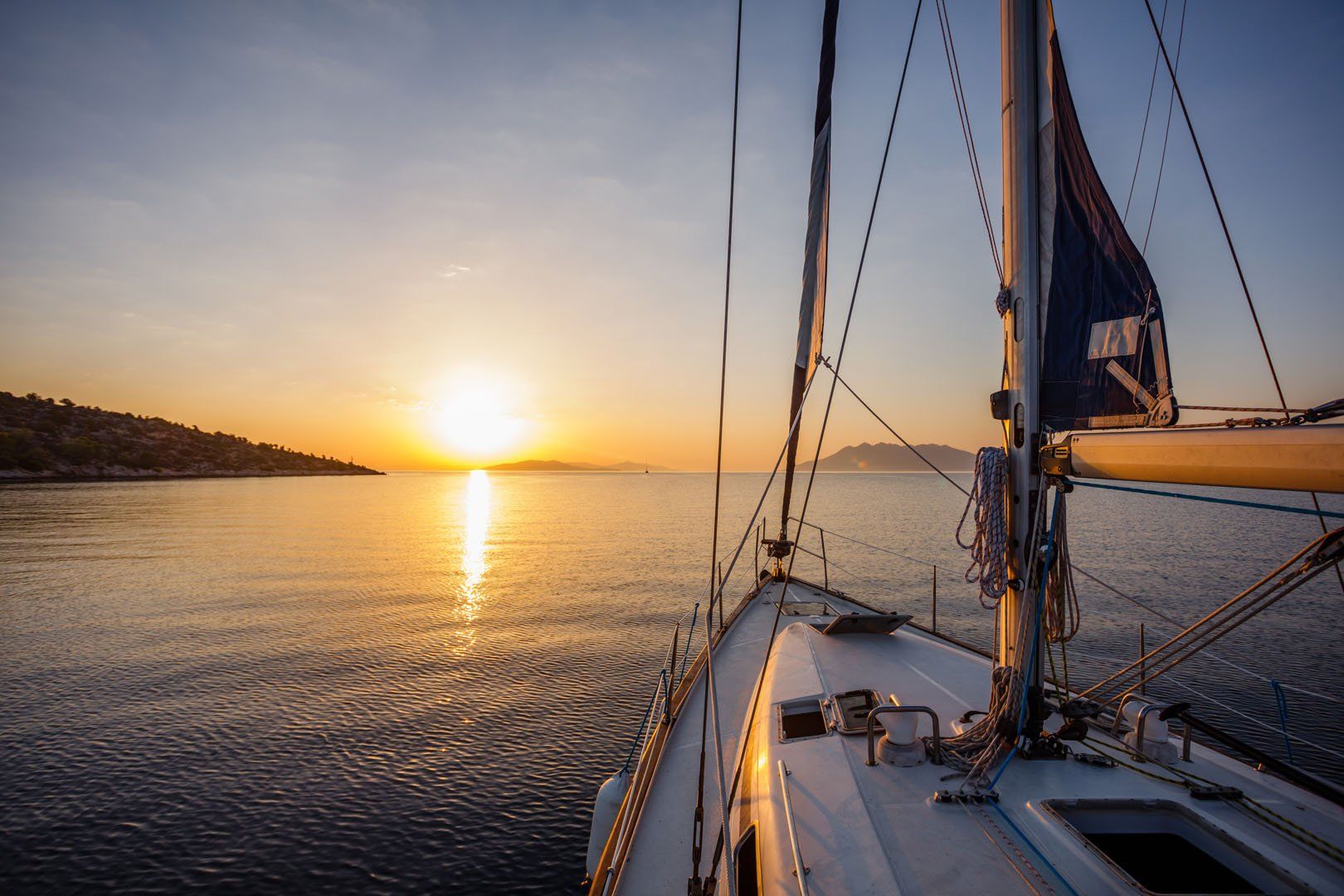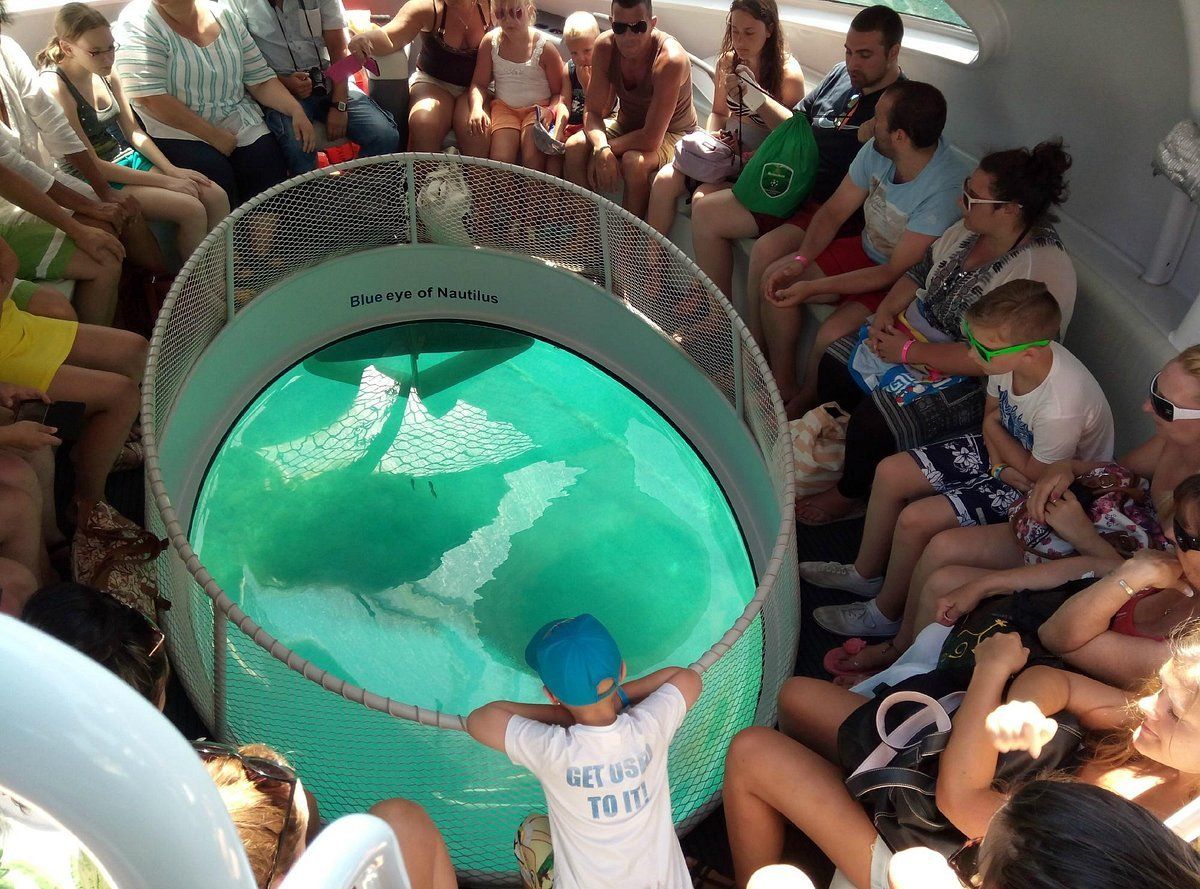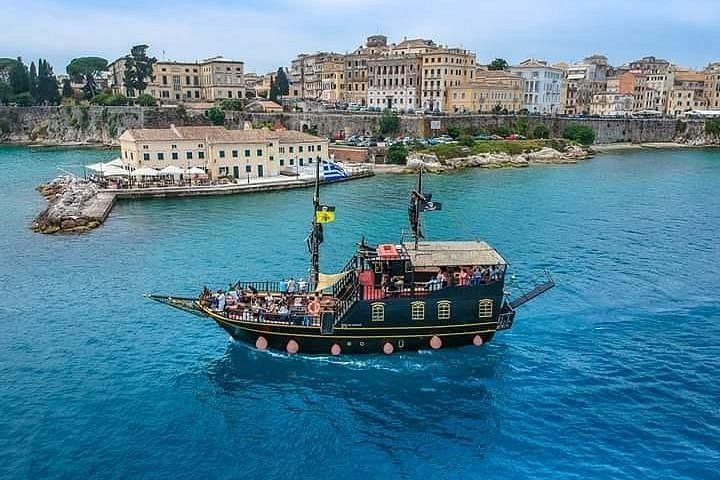Not much has been written about the history of the northwest part of Corfu. Even the people who live there don't know where they came from. Still, historical studies and archaeological finds show that this is where civilization began.
Studies, conversations with locals, and checks with historical records that mention the Homeric epics show that Odysseus' adventures in the Odyssey happened during the Mycenaean period (17th century BC).
One theory says that when Odysseus left the island of Calypso, which is said to be the small island of Othoni, northwest of Corfu, his ship sank, and he washed up in the bay of Sidari on the eastern island of Corfu. He was naked when he fell asleep by the river. Princess Nausicaa and her servants came to the river to wash their clothes, which woke him up. Nausicaa told him who she was by giving him clothes and food.
She took him to her father's palace in the City of the Phaecians, where King Alcinous threw a party for him, and he admired the buildings and harbours. In the 17th century BC, the mythical city of the Phaecians was one of the richest in the Mediterranean, and many people think it was in the northwest of Corfu.
Several places in the municipality have found tombs with bones and jewellery that are 3,700 years old. This shows that important people were buried there, possibly the Phaecians who hosted Odysseus. It's likely that Homer and Plato also went to the city at some point.
Today, the northwestern part of Corfu includes Agii Douli, Agrafi, Antiperni, Avliotes, Valanio, Kavalouri, Karousades, Magoulades, Peroulades, and Sidari, is called the Municipality of Esperion. It is part of the larger district of Gyros and is one of Corfu's thirteen municipalities.

